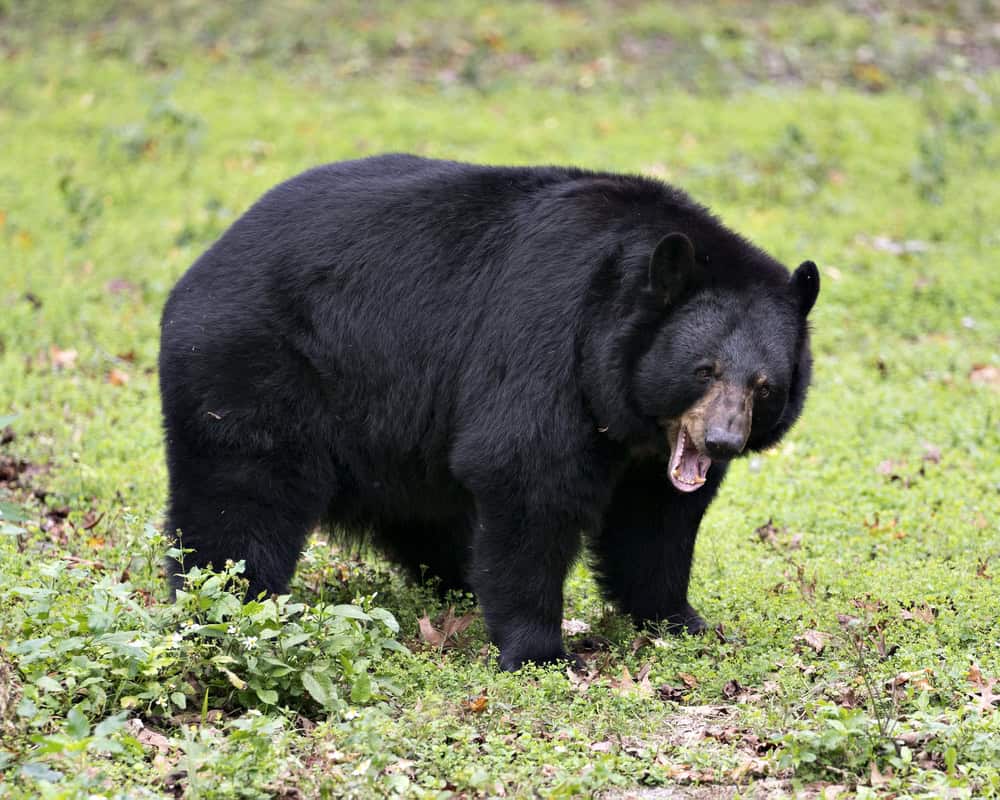As human settlements continue to expand into the natural habitats of wildlife, many species face challenges that threaten their survival. Among these species are Colorado’s black bears, known for their adaptability and resilience. This article explores how these majestic creatures are adjusting to the pressures of human encroachment and what it means for their future and coexistence with humans.
Understanding Colorado’s Black Bear Population
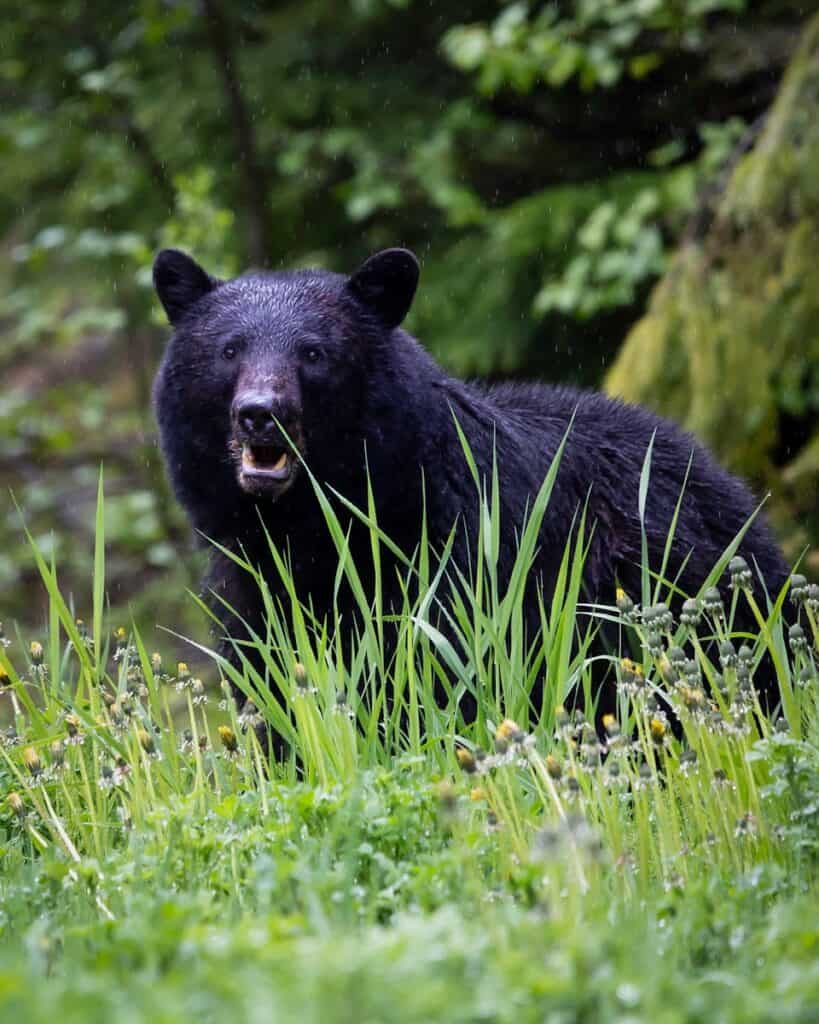
Colorado is home to a robust population of black bears, numbering between 17,000 and 20,000. These bears are predominantly forest dwellers, with large territories that provide enough resources for sustenance. As omnivores, their diet includes a mixture of plant matter, fruits, nuts, and the occasional meat. However, as human development increases, their accustomed habitats are dwindling, forcing black bears to adapt in unconventional ways.
Habitat Loss and Its Impact on Bear Behavior
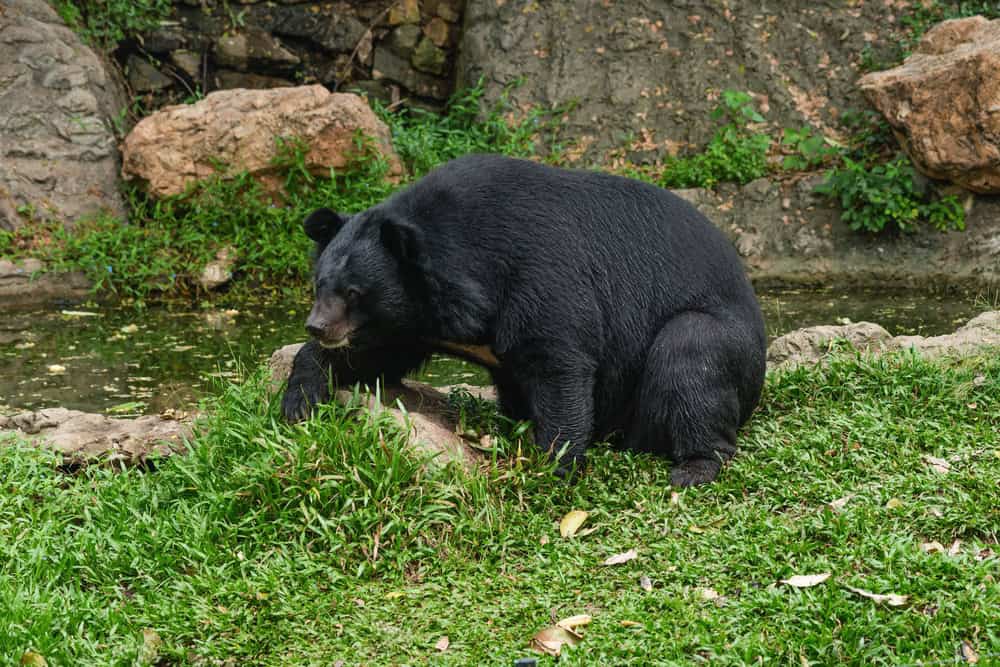
Urban expansion and deforestation have significantly reduced the natural habitats available to black bears, compelling them to venture closer to human settlements. This behavior shift is not merely an adaptation but a necessary survival strategy as traditional food sources become scarce. As a result, black bears are increasingly seen rummaging through garbage and exploring suburban areas.
Food Scarcity and Opportunistic Feeding

As forests shrink, black bears face difficulty finding natural food sources, which has led to an increase in opportunistic feeding behavior. This adaptability is evident as bears have started foraging through trash cans and bird feeders, seeing them as reliable food sources. This behavior is a testament to their intelligence and ability to modify their foraging strategies to suit the urban landscape.
Seasonal Behavior Changes Due to Urban Influence

Traditionally, black bears hibernate from late fall through early spring. However, the easy availability of human-generated food sources is altering this behavior. Instances are being reported where some bears delay hibernation or emerge early, drawn out by the prospects of accessible food, causing disruptions in their biological rhythms.
Increased Human-Bear Interactions

With the bears’ newfound attraction to urban foods, human-bear interactions have become more frequent. While many of these encounters remain harmless, there are instances of conflict, especially when bears feel threatened. These interactions pose challenges not only for the bears but also for communities as they navigate safety and coexistence.
Adapting to New Threats and Challenges
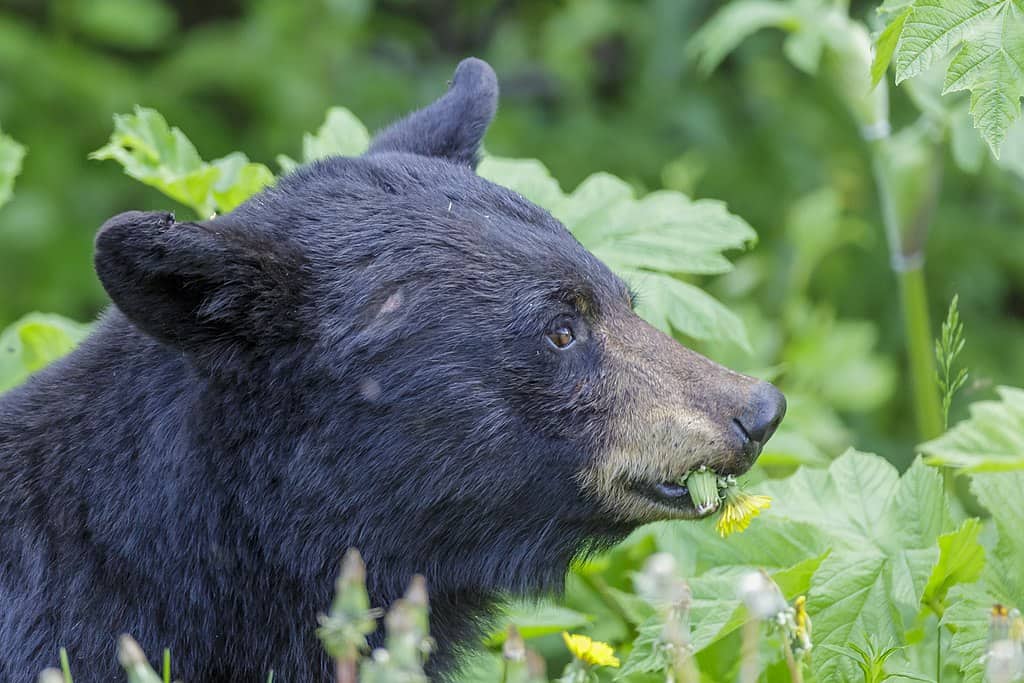
Bears in urban areas face new dangers, including traffic collisions and territorial confrontations with domestic animals. Learning to navigate these threats requires further adaptation and presents a risk to their population. It’s essential to understand these adaptations to promote bear safety and preservation.
Efforts to Promote Coexistence
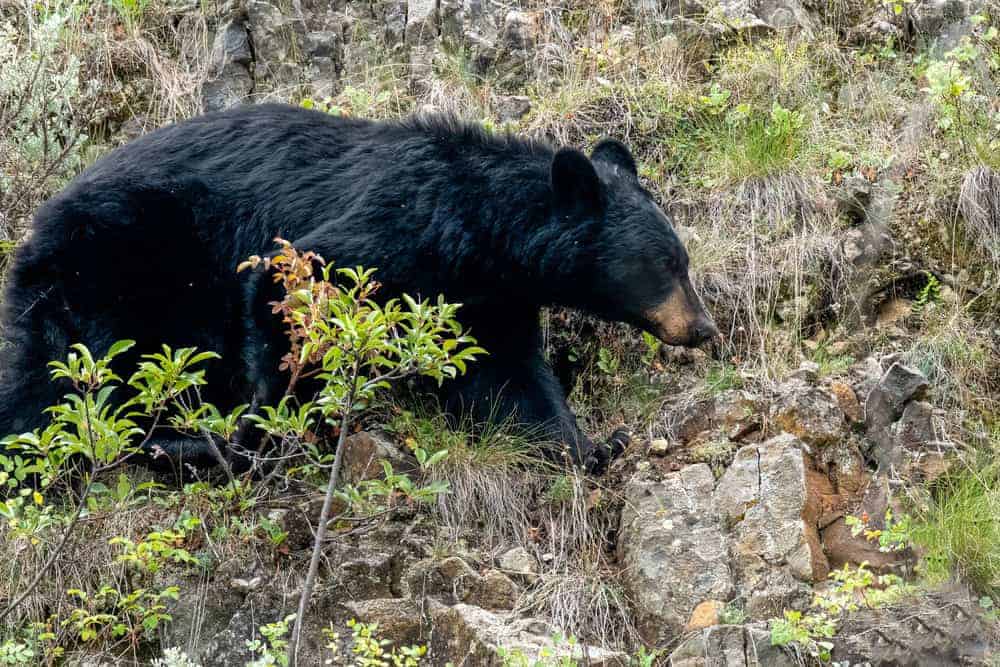
Several initiatives have been introduced to foster a more harmonious coexistence between humans and black bears. Programs aimed at securing dumpsters, educating residents on bear-aware practices, and creating wildlife corridors to connect fragmented habitats are crucial steps towards sustainable coexistence.
Technological Solutions for Monitoring Bear Activities

Modern technology is playing a pivotal role in monitoring black bear movements and behaviors in urban settings. GPS collars and tracking apps allow researchers to study their adaptation patterns, providing valuable data to devise better management strategies and prevent conflicts.
The Role of Community Education

Community involvement and education about living sustainably alongside wildlife are vital in mitigating negative interactions with bears. Efforts include public workshops, school programs, and information campaigns focusing on bear safety and ethical coexistence practices.
Research on Black Bear Adaptability

Ongoing research into the adaptability of Colorado’s black bears sheds light on behavioral changes under environmental stressors. Studies highlight their ability to learn and adapt, which is crucial for understanding how they might cope with future changes in their habitats.
Long-Term Implications and Future Directions
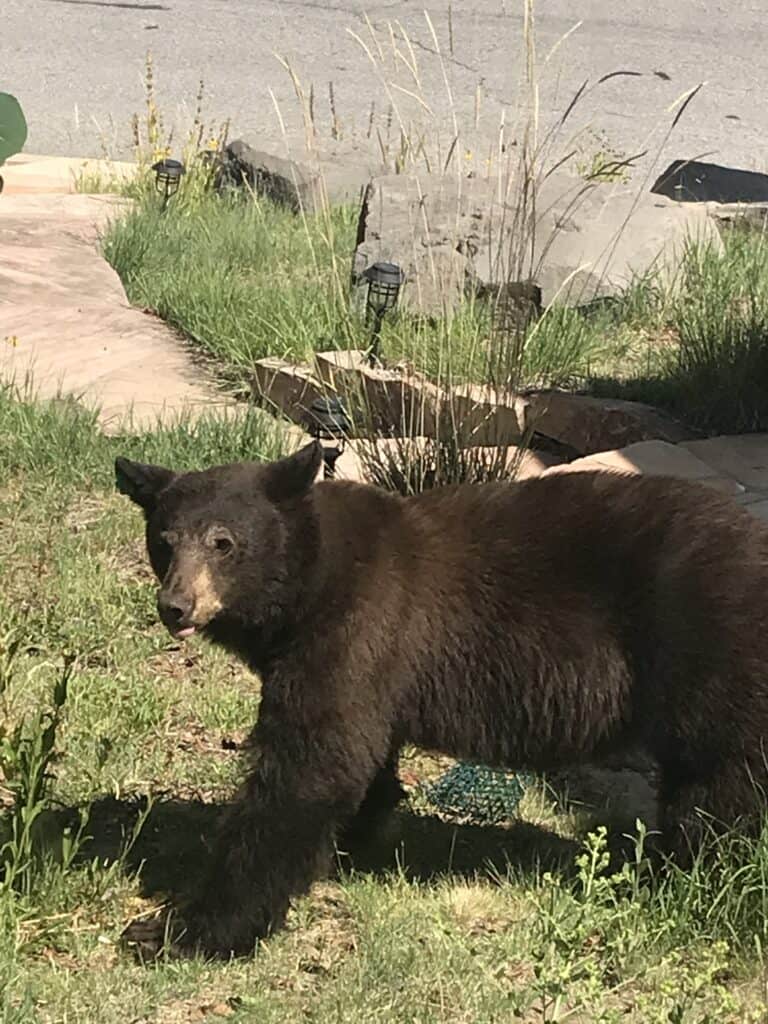
The continued encroachment of human development into natural habitats poses ongoing challenges for black bears. However, understanding these animals’ adaptability offers hope for future coexistence solutions. Collaborative efforts between wildlife agencies, researchers, and communities will be pivotal in ensuring black bears thrive even as their environments change.
A Call for Balanced Coexistence

The adaptability of Colorado’s black bears is a testament to wildlife’s resilience amidst rapid environmental change. Ensuring their survival requires concerted efforts to strike a balance between human progress and wildlife conservation. By fostering coexistence through education, technology, and responsible development, we can preserve these magnificent creatures and the ecological diversity they represent.
- How Colorado’s Black Bears Are Adapting to Human Encroachment - August 13, 2025
- Are Piranhas as Dangerous as Hollywood Makes Them Seem? - August 12, 2025
- The Largest Kodiak Bear Ever Seen in the US - August 12, 2025

